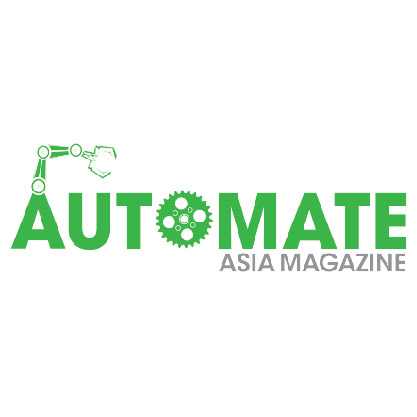3D Printing Key in Schneider Electric’s Industry 4.0 Transformation
- Automate Asia Magazine

- Sep 1, 2020
- 2 min read
3D printed assembly-line tool designed to hold switches during laser marking operations. Produced in ASA material using the Stratasys F170 3D Printer

European multinational Schneider Electric is currently undergoing a transformation. The company, founded in 1836, is implementing Industry 4.0 technologies and operations across its entire business to increase operational efficiency and reduce customer costs. At its Puente la Reina plant in Navarra, Spain, 3D printing is one of the technologies that is enabling Schneider Electric to transition to a Smart Factory.
The Spanish facility is now utilizing Stratasys‘ FDM 3D printing technology throughout its production process to streamline workflows and improve overall efficiency. The technology has proved especially impactful in improving tooling operations, even leading the site to win the European-wide Smart Factory Schneider Electric competition. The award recognizes the plant’s use of additive manufacturing to improve tooling production, leading to time and costs savings and streamlined supply chains.
Since Schneider Electric acquired a Stratasys F170 3D printer from local distributor Pixel Sistemas, the industrial-grade system has become a workhorse at its Spanish factory, turning out assembly-line tools, jigs, fixtures, robot grippers and other end-of-arm parts. Previously, the production of these parts was outsourced to third party manufacturers and were made using injection molding or CNC machining. By switching to in-house 3D printing, the facility has saved a significant sum. According to the company, the printing unit produces over a hundred production tool designs a year.
“In the past year, using Stratasys FDM additive manufacturing we’ve achieved a saving of about €20,000 in the production of assembly-line tooling alone, which has easily paid off our original investment in the F170 3D printer,” explained Manuel Otamendi, Industrialization and Maintenance Manager of Global Supply Chain at Schneider Electric’s Puente la Reina plant. “With this technology we’re able to produce new high-performance production tools in just one day, whereas it would have taken at least one week to outsource the same tools previously. This crucially reduces our dependency on suppliers and gives us much more control over tool production, which has increased the overall flexibility of our manufacturing process and accelerated our time-to-market for many products.”

One area where 3D printing has made a significant difference is in the production of robotic grippers for assembly-line robotic arms. The technology is now being used to produce alternatives to more traditional aluminum grippers, which are costly to replace. For instance, a machined gripper ordered from a third party manufacturer would typically cost about €200 per tool. Using 3D printing, the gripper can be replaced for about half that cost.
“It’s not uncommon for aluminum parts of the mold to break when they collide, and when they do, be very expensive to replace,” said Otamendi. “To circumvent this, we are now able to replace costly aluminum grippers for robotic arms with 3D printed alternatives. Not only does the 3D printed tool offer the same mechanical performances as the traditional tool, but importantly it ensures protection of more expensive aluminum parts when the molds collide. Should the 3D printing tool break, we can quickly 3D print a low-cost replacement within hours.”
Source: www.3dprintingmedia.network





-01.jpg)


